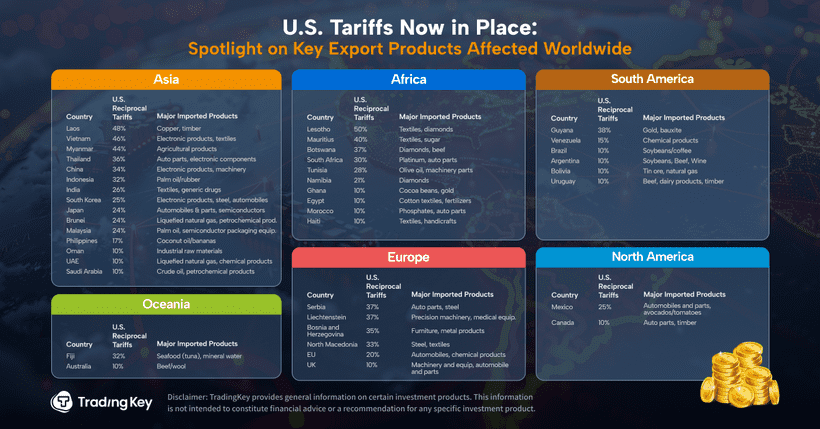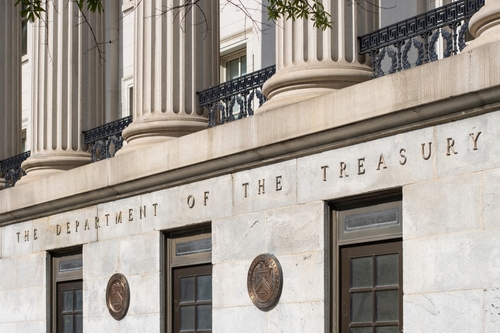COLUMN-US natural gas prices brace for impact from tariff crossfire: Maguire

By Gavin Maguire
LITTLETON, Colorado, April 2 (Reuters) - U.S. natural gas prices are already up by around 80% from a year ago, but are due for a fresh jolt from the knock-on effects of the latest round of trade tariffs imposed by the U.S. government on goods entering the country.
Regardless of how and when the new tariffs kick in, the U.S. gas market stands to be impacted as exports of gas in the form of LNG look set to become a bargaining chip in any ensuing trade maneuvers.
For those nations looking to narrow their trade surplus with the U.S. or avoid being hit with future tariffs, commitments to scale up purchases of U.S. LNG are an effective means of speedily rebalancing the trade ledger in favour of the U.S.
At the same time, countries impacted by new tariffs that are already regular buyers of U.S. LNG may threaten to cut those purchases as part of possible reprisals.
That means that in any event, the U.S. gas market looks set to be buffeted by the impending trade turbulence, with gas exporters, utilities, households and businesses all likely to be impacted by the upcoming swings in gas trade volumes and prices.
BIG STAKES
The U.S. shipped out nearly 12 billion cubic feet of LNG per day in 2024, according to the U.S. Energy Information Administration, which cemented the U.S.' position as the top exporter of the fuel for the second year running.
The LNG shipments brought in more than $30 billion, and so represented significant earnings for both the firms that shipped the gas and for the U.S. Treasury.
The largest single market for U.S. LNG exports in 2024 was the Netherlands, which accounted for around 11% of total volumes, according to ship tracking data from Kpler.
France, Japan, South Korea and India were the next largest buyers of U.S. LNG, while China, Turkey, Spain and the United Kingdom were also notable buyers.
TIPPING THE BALANCE
As the U.S. has run up trade deficits with nearly all of those countries, the administration of U.S. President Donald Trump is threatening to impose steep tariffs on the goods they sell to the U.S.
And as all those countries are already notable buyers of U.S. LNG, it is likely that they will consider stepping up those purchases as part of any trade tactics designed at easing relations with the Trump administration.
Other countries with steep trade surpluses with the U.S., including Vietnam, are also likely to mull increasing U.S. LNG imports as part of tariff negotiating efforts.
PLAN B
LNG is also likely to feature as part of any countermeasures deployed by nations who want to hit back at the U.S. for raising tariffs in the first place.
China and several European nations including Germany have vowed to respond to the planned tariff hikes, and are likely to view LNG as a means to inflict revenue damage on the U.S. without risking too much self-harm in the process.
Qatar, Australia and Malaysia all also supply LNG to global customers, and so will likely be able to replace any lost U.S. volumes at relatively short notice while U.S. LNG exporters may struggle to quickly find alternate buyers.
GAS FLOW IMPACT
Regardless of which way LNG export volumes trend in the wake of the latest U.S. tariff moves, the domestic natural gas market will feel the effects.
If most U.S. trade partners opt to dial up LNG imports in an effort to close trade gaps, that will trigger more gas demand at LNG export terminals and tighter supplies for other gas users.
That in turn will likely put fresh pressure on U.S. utilities which rely on natural gas for roughly 40% of electricity production.
Several utilities have already cut gas use in favour of higher coal-fired power generation this year in response to the higher domestic gas prices.
If gas prices climb further on the back of renewed strength in LNG exports, that may accelerate the uptake of coal instead of gas, and result in a swell in U.S. power emissions that could accelerate climate change.
On the other hand, if most trade partners opt to cut U.S. LNG purchases as part of tariff reprisals, demand from LNG export terminals could drop and result in greater gas supplies for domestic users, and lower gas prices.
Most likely, there will be a mixed response among trade partners in the LNG arena, with some nations dropping their LNG purchases while others increase them.
Over time, those volume swings could offset each other and result in total LNG volumes being largely unaffected by the end of the year.
But over the near term, sudden changes to LNG order flows will feed back into the domestic gas market and trigger potentially wild swings in available supplies and prices.
For gas market participants, the trick will be to position themselves to exploit any advantageous price moves, and take cover during bouts of potentially damaging market action.
The opinions expressed here are those of the author, a market analyst for Reuters.




